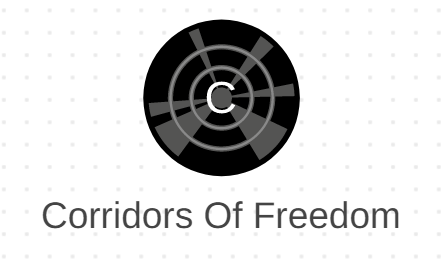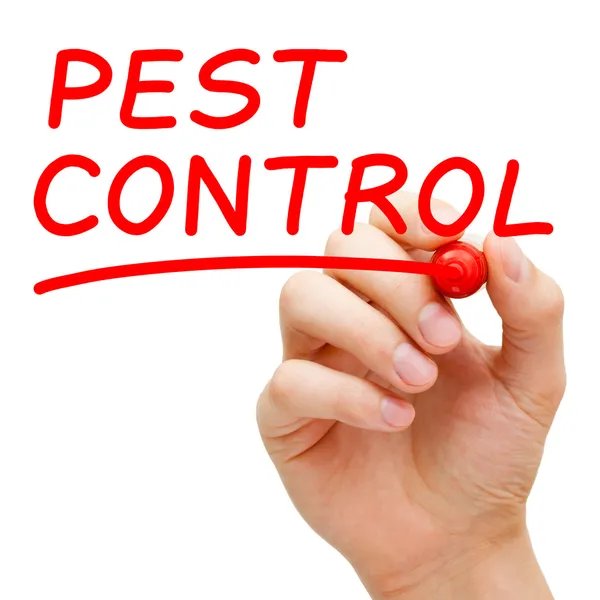Pests can be a major problem in any home or business. From spreading diseases to causing psychological distress, these tiny intruders can wreak havoc on your property and your peace of mind. Fortunately, there are effective methods for dealing with pests that do not require the use of harsh chemicals or expensive treatments. This article will discuss trapping and baiting techniques as an effective way to control pests and keep them out of your home or business. We’ll look at how different trapping and baiting techniques work, the pros and cons of each approach, what types of pests they’re best suited for, and when it’s most effective to use them. By understanding how trapping and baiting works you can make an informed decision about which method is right for you.
Trapping
Trapping is a common method of pest control used to capture and remove pests from an area. Traps can range from simple homemade traps such as sticky boards and mousetraps, to more sophisticated commercial traps that use baits or attractants to lure the pests into them. While trapping can be effective in removing existing infestations, it may not always address the underlying causes of the problem. For example, if food sources are not eliminated or access points are not sealed off, new pests may simply enter the same area again in the future.
Baiting
Baiting involves using food or other lures to draw out and kill pests. Baits differ from traps in that they usually contain poison that kills fast-acting on contact. Baiting is effective for controlling large populations of pests and can prevent them from returning. However, baits should be used with caution as they can be hazardous to humans and pets if proper precautions are not taken.
Both trapping and baiting techniques can be effective ways of dealing with pest problems, but the best method will depend on the type of pest involved and the severity of the infestation. Trapping may be more suitable for catching small creatures such as rodents or insects, while baiting might work better for larger pests like birds or raccoons. It’s important to research which technique works best for each specific pest before taking any action. Additionally, it’s recommended that these methods are only used after sanitation practices have been implemented and exclusion techniques have been used to ensure that all access points are sealed off. This will help prevent new pests from entering the area and reduce the likelihood of future infestations.
Conclusion
Pest control is essential for maintaining a healthy and safe environment. Trapping and baiting techniques can be an effective solution to dealing with pests, but it’s important to research the best approach for each type of pest problem before taking action. Additionally, sanitation practices should always be implemented along with exclusion techniques in order to prevent new infestations from occurring. With the right methods and precautions, you can take back control of your home or business by removing existing populations of pests and keeping them out in the future.

